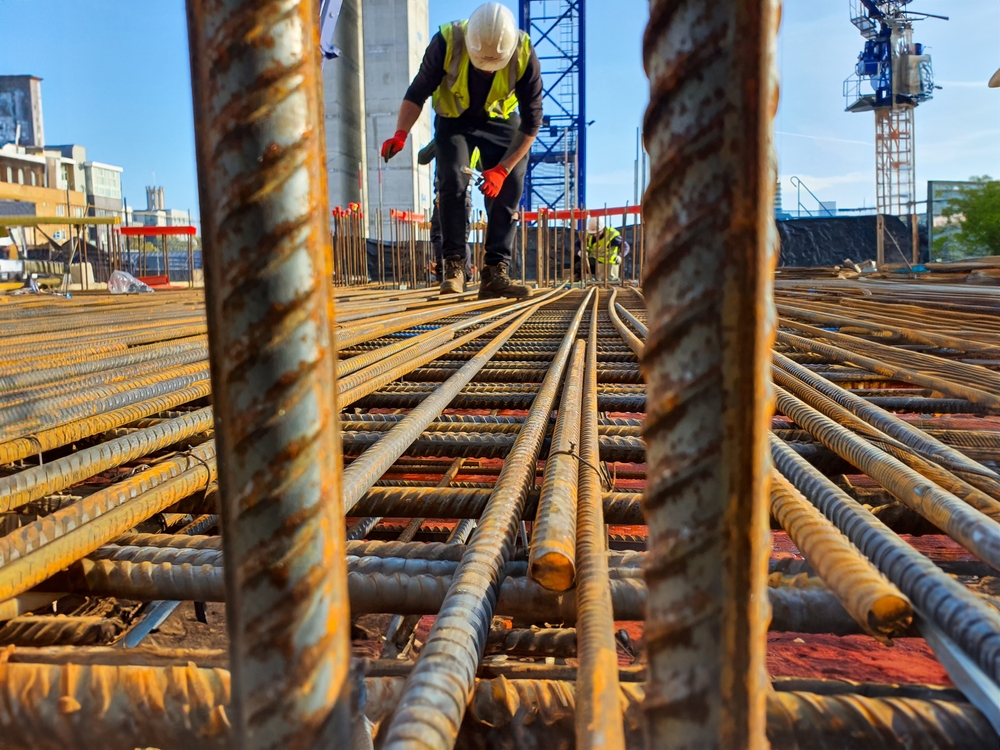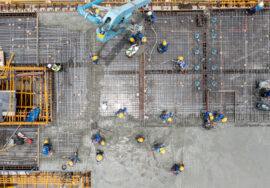How to Control Construction Costs Without Compromising Quality
How to Control Construction Costs Without Compromising Quality

Controlling construction costs while maintaining high-quality standards is a delicate balance. Many construction projects face challenges when trying to reduce expenses without sacrificing the quality of materials, workmanship, or safety. The good news is that with proper planning, management, and smart decision-making, you can control costs effectively while delivering a top-quality project.
How to Control Construction Costs Without Compromising Quality
Managing construction costs without compromising quality requires a strategic approach. Below are key practices to help you achieve that balance:
1. Detailed Project Planning and Estimation
Importance: A well-structured plan is the foundation for managing both costs and quality. Without detailed planning, unexpected costs may arise, resulting in rushed decisions that can compromise the project’s quality.
Solution: Begin with an in-depth project plan, including accurate cost estimates for labor, materials, permits, and equipment. Include contingency funds for unforeseen expenses, and involve experienced estimators to help forecast the most realistic costs. This way, you avoid unnecessary spending and still uphold quality standards.
2. Choose Quality Materials Wisely
Importance: Opting for cheap materials can save money upfront but often leads to quality issues and expensive repairs or replacements down the road.
Solution: Rather than focusing on the lowest price, select durable and cost-effective materials that offer a long lifespan. In some cases, spending slightly more on high-quality materials will save money in the long run by reducing the need for maintenance or replacements.
3. Implement Value Engineering
Importance: Value engineering is the process of evaluating a project’s design to reduce costs while maintaining functionality and quality. It allows project teams to explore alternatives that optimize the budget without cutting corners.
Solution: Involve engineers, architects, and contractors early in the design process to identify areas where costs can be reduced without affecting performance. For example, substituting materials with equally effective but more affordable options, simplifying complex designs, or optimizing the use of labor can help achieve significant cost savings.
4. Efficient Labor Management
Importance: Labor costs are often one of the largest expenses in construction. Poor labor management leads to inefficiency, delays, and increased costs.
Solution: Hire experienced workers and subcontractors who can perform their tasks efficiently and at a high quality. Additionally, implement a system for tracking productivity to ensure workers are staying on schedule. Avoid overstaffing by assigning the right number of workers for each phase of the project.
5. Regular Monitoring and Reporting
Importance: Without regular monitoring, it’s easy to lose track of costs or quality standards. Delays, material waste, and scope changes can increase costs and reduce quality if not identified early.
Solution: Schedule regular budget reviews and quality checks throughout the project. Use construction management software to monitor expenditures in real time, ensuring costs align with the budget. This helps detect and address cost overruns before they become a major issue.
6. Avoid Scope Creep
Importance: Scope creep refers to uncontrolled changes or expansions in the project’s scope after it has begun. These changes often come with additional costs that were not accounted for in the initial budget.
Solution: Implement a strict change order process. Ensure that any modifications to the project are carefully evaluated in terms of cost, timeline, and impact on quality. Stick to the original project scope whenever possible, and only approve changes that are essential.
7. Use Technology to Improve Efficiency
Importance: Technology has a big role in improving efficiency, reducing costs, and maintaining quality in modern construction projects.
Solution: Implement tools such as Building Information Modeling (BIM) and construction management software to enhance project planning and execution. These technologies help with accurate cost estimations, minimize waste, and ensure better coordination among teams, resulting in fewer mistakes and reduced costs.
8. Bulk Purchasing and Negotiation
Importance: Buying materials in bulk and negotiating with suppliers can lead to significant cost savings.
Solution: Negotiate better deals with suppliers for bulk materials purchases, especially for large or long-term projects. Establishing strong relationships with trusted suppliers also ensures you get quality materials at a lower cost. Ordering materials in advance can avoid price fluctuations and potential delays.
9. Maintain Quality Control Standards
Importance: Cutting corners on quality control can result in defects, rework, or failure to meet building codes, which can lead to costly delays and repairs.
Solution: Set and enforce strict quality control protocols throughout the construction process. Conduct regular inspections to ensure that workmanship and materials meet industry standards. Address any issues promptly to prevent them from escalating into larger, more expensive problems.
10. Prioritize Energy Efficiency and Sustainability
Importance: Sustainable building practices and energy-efficient designs often have higher upfront costs but save money over the long term through reduced energy consumption and operational expenses.
Solution: Invest in energy-efficient materials and technologies, such as insulation, lighting, and HVAC systems, which may have higher initial costs but provide savings through lower utility bills and longer life cycles. Sustainable building certifications, like LEED, also help enhance a project’s long-term value without compromising quality.
Conclusion
Controlling construction costs without sacrificing quality is achievable with the right strategies in place. By focusing on detailed planning, effective labor management, value engineering, and the use of modern technologies, you can ensure that your project stays on budget while delivering high-quality results.
For more tips on effective construction management, feel free to contact us today!
External Resources for Legal Guidance
Control Construction Costs
Read more related articles to enhance your knowledge and make informed decisions
10 Essential Steps in the Building Construction Process
How to Choose the Right Materials for Your Construction Project








